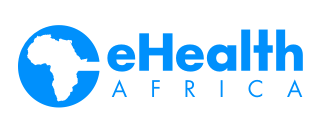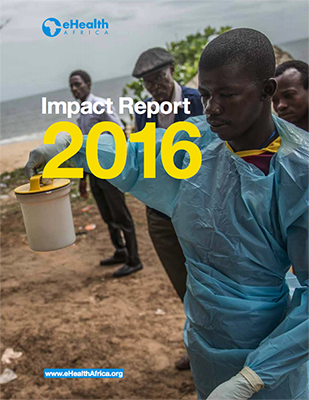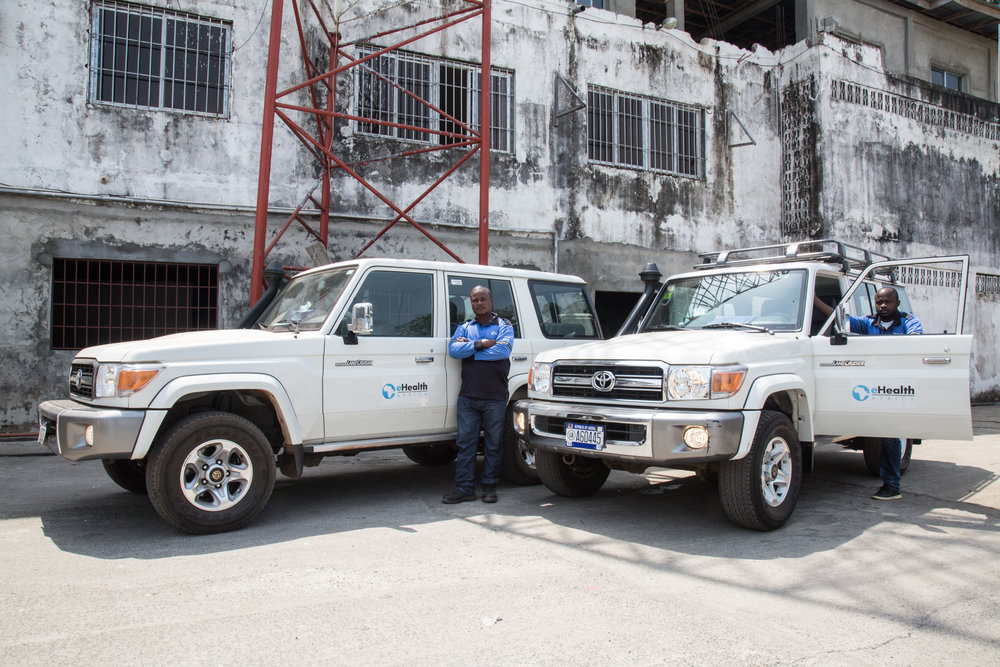Yaya Jaiteh was eHA’s dynamic Product Marketing Intern in the Spring of 2017.
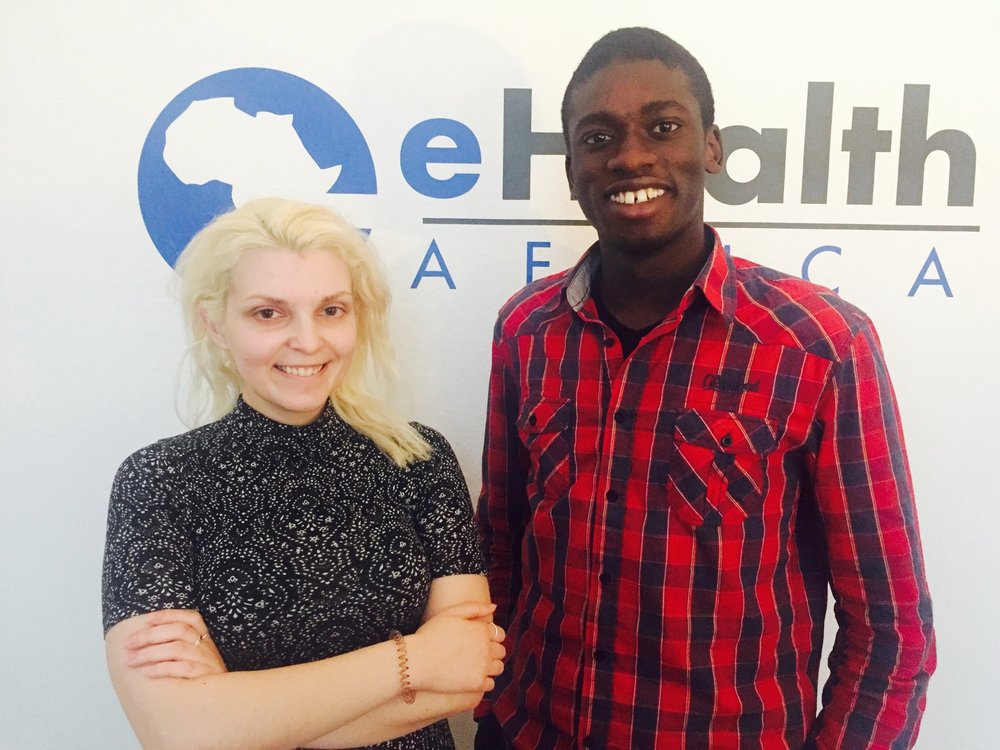
When deciding to apply for this internship, Yaya hoped to learn more about public health. “I always saw strengthening of the health sector as one of the most effective approaches in development work, Yaya explains. “I was also starting to develop an interest in software development and health tech solutions during a project I was working on prior to the internship. At eHA, I had all that in one internship while working with a truly international team”.
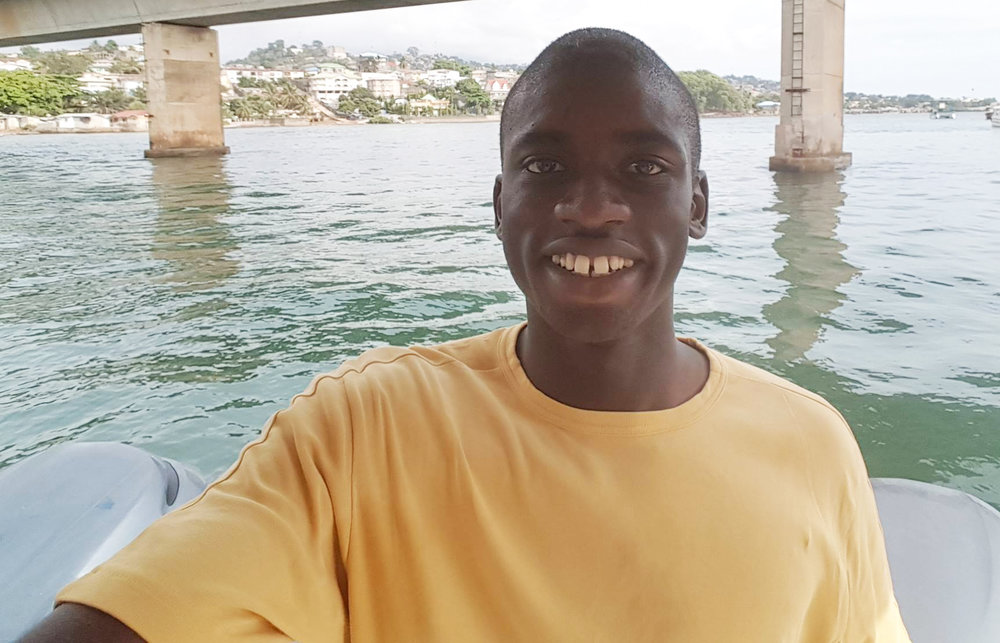
Yaya had the pleasure of being based in eHA’s German office and traveling to eHA’s Sierra Leone office. He also played a significant role in marketing two major eHA projects - Electronic Integrated Disease Surveillance and Response (eIDSR) and Service Availability and Readiness Assessment (SARA) during the course of his internship. While in Sierra Leone, Yaya was supervised by Hawa Kombian, Executive Projects Manager.
“I really learned a lot during this internship. This makes it hard to sum up the lessons I learned during a period as short as just two months. To mention some key aspects, I would say that working within a team that is international and diverse was an exciting experience”.
Yaya has been an amazing intern with eHA. We wish him the absolute best in his future endeavors! Check out our job board and join our team today.
